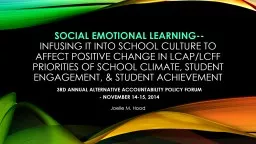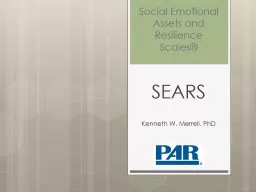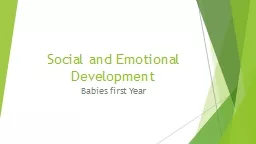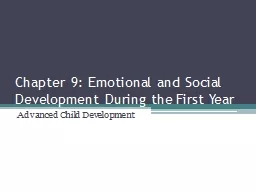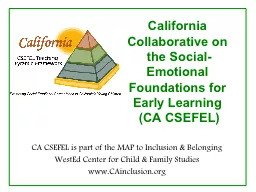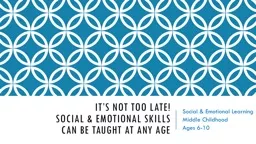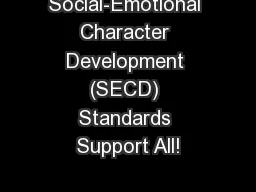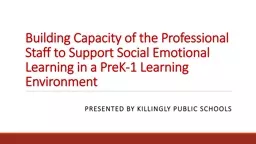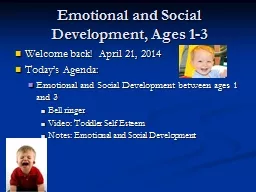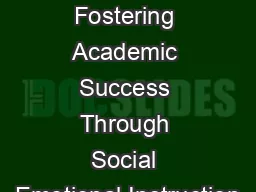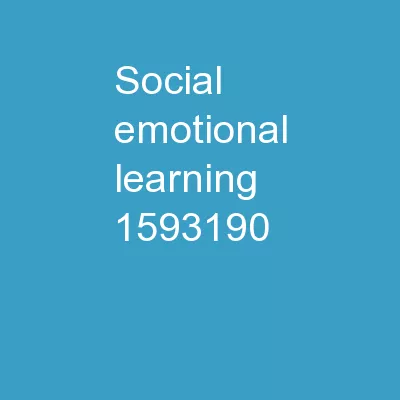PPT-Social emotional learning--
Author : briana-ranney | Published Date : 2017-12-17
infusing it into school culture to affect positive change in lcap lcff priorities of school climate student engagement amp student achievement 3RD ANNUAL ALTERNATIVE
Presentation Embed Code
Download Presentation
Download Presentation The PPT/PDF document "Social emotional learning--" is the property of its rightful owner. Permission is granted to download and print the materials on this website for personal, non-commercial use only, and to display it on your personal computer provided you do not modify the materials and that you retain all copyright notices contained in the materials. By downloading content from our website, you accept the terms of this agreement.
Social emotional learning--: Transcript
Download Rules Of Document
"Social emotional learning--"The content belongs to its owner. You may download and print it for personal use, without modification, and keep all copyright notices. By downloading, you agree to these terms.
Related Documents

